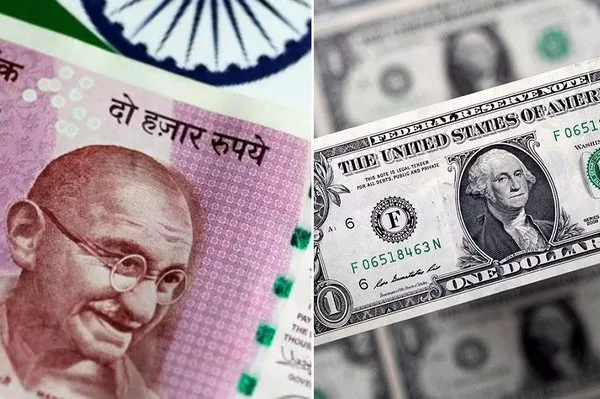In a surprising turn of events, the U.S. dollar experienced a broad decline, reaching a more than three-month low against major currencies on Wednesday. Simultaneously, the New Zealand dollar saw a significant surge following unexpected hawkish signals from its central bank, the Reserve Bank of New Zealand (RBNZ).
The New Zealand dollar, or kiwi, marked a 0.78% increase at $0.6184, reaching a four-month high of $0.6207 earlier in the session after the RBNZ indicated the possibility of further rate hikes if inflationary pressures persisted. The central bank’s decision to keep interest rates steady, as anticipated, was overshadowed by the hawkish comments, catching investors off guard.
Christopher Wong, a currency strategist at OCBC, commented on the situation, stating, “The upward revision to the cash rate and inflation forecasts for 2024 keeps rate hike bets alive, while New Zealand dollar shorts rushed for the exit.
Meanwhile, the Australian dollar experienced a modest 0.11% decline to $0.6642, retracing from its earlier peak of $0.66765, following data that showed a more-than-expected easing of inflation in October.
In the broader currency market, the U.S. dollar reached a low of 102.46 against a basket of currencies, reflecting growing speculation that the Federal Reserve might initiate rate cuts early next year. This shift in sentiment was fueled by comments from Fed Governor Christopher Waller, traditionally known for a hawkish stance, who suggested the possibility of a rate cut in the coming months, heightening expectations that U.S. rates may have peaked.
The U.S. dollar also weakened against the yen, falling over 0.5% to 146.675 yen, its lowest level in more than two months. The euro gained ground, surpassing $1.10 to reach an over three-month high of $1.1017.
Kyle Rodda, senior financial market analyst at Capital.com, remarked on Waller’s comments, saying, “If his attitude is turning a little bit more dovish, it sort of says that perhaps a general consensus of the board members is that rates have peaked and maybe could even be cut next year.”
Market expectations, as reflected in the CME FedWatch tool, show a more than 40% chance that the Fed could start easing monetary policy as early as March, compared to roughly 22% the previous day.
Sterling also saw gains, hitting a three-month high of $1.2733 and last trading at $1.27155, while the dollar index remained flat at 102.63. The index is poised for nearly a 4% loss in November, marking its worst monthly performance in a year.
Economists at Wells Fargo shared their perspective on the U.S. dollar’s outlook, noting, “We have become less constructive on the prospects for the U.S. dollar, as progress in reducing U.S. inflation suggests the risks are tilted toward earlier rather than later Fed easing. Despite U.S. economic resilience, this should lessen the greenback’s near-term gains.”


